cellulose microfibrils are only for sale by certain retailers. You can find these sellers by searching the internet. These major suppliers will help you to buy wholesale microfiber cellulose.

What is the function of Microfibrils?
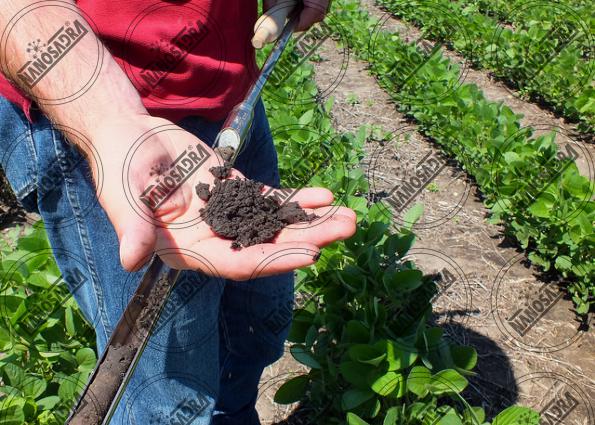 Microfibril is a very good fiber or fiber-like fiber composed of glycoproteins and cellulose. It is commonly, but not always, used as a general term in describing the cellulose structure of protein fiber, for example. Tail hair and sperm. The most structural pattern observed is the 9 + 2 pattern in which the two central fibrous proteins are surrounded by 9 other pairs. Cellulose in plants is one example of non-protein compounds that use the term for the same purpose. Cellulose microfibers are inserted on the inner surface of the primary cell wall. As the cell absorbs, its volume increases and new, isolated microfibrils are created to help increase cell viability.
Microfibril is a very good fiber or fiber-like fiber composed of glycoproteins and cellulose. It is commonly, but not always, used as a general term in describing the cellulose structure of protein fiber, for example. Tail hair and sperm. The most structural pattern observed is the 9 + 2 pattern in which the two central fibrous proteins are surrounded by 9 other pairs. Cellulose in plants is one example of non-protein compounds that use the term for the same purpose. Cellulose microfibers are inserted on the inner surface of the primary cell wall. As the cell absorbs, its volume increases and new, isolated microfibrils are created to help increase cell viability.
cellulose fibril synthesis and orientation by cellulose synthase or rosette terminal complexes that reside in the cell membrane. When cellulosic fibrous cells are synthesized and grow outside the cell, they press against neighboring cells. Since the neighboring cell cannot move easily, the rosette complex is transported around the cell via the phospholipid liquid membrane.
Eventually, this results in the cell being wrapped in a layer of microfiber. This layer becomes the cell wall. The organization of microfibers forming the primary cell wall is quite disordered. However, there is another mechanism in the secondary cell walls leading to its organization.
In principle, the lines on the secondary cell wall are made with microfibrils and microtubules. These lines force the microfibers to remain in a specified area during closing. During this process, the microtubules can be self-depolymerized in different orientations and repelled again. This leads to another direction in which the cell continues to wrap.
What gives cellulose its strength?
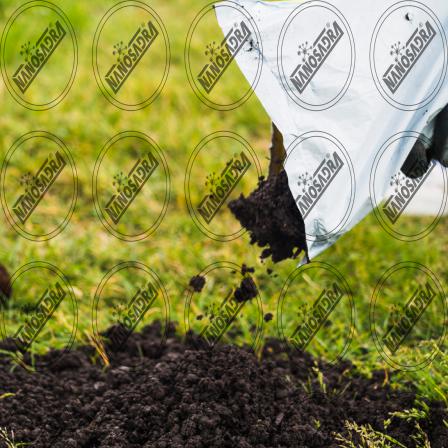 Cellulose is a polysaccharide of glucose molecules. Then it is long. Cellulose is exactly the same as amylose, except that it is not alpha bound, but beta bound. Beta cellulose bonds give each polymer a flat and rigid structure. Since each cellulose molecule is flat, they can be stacked on top of each other. When stacked, they line up and form H bonds. This is how cellulose forms fibrils in the cell walls of plants. This is very strong and durable. I think this answers your question. Humans can’t digest cellulose because we don’t have enzymes capable of breaking beta bonds.
Cellulose is a polysaccharide of glucose molecules. Then it is long. Cellulose is exactly the same as amylose, except that it is not alpha bound, but beta bound. Beta cellulose bonds give each polymer a flat and rigid structure. Since each cellulose molecule is flat, they can be stacked on top of each other. When stacked, they line up and form H bonds. This is how cellulose forms fibrils in the cell walls of plants. This is very strong and durable. I think this answers your question. Humans can’t digest cellulose because we don’t have enzymes capable of breaking beta bonds.
Structure and properties of the cellulose microfibril
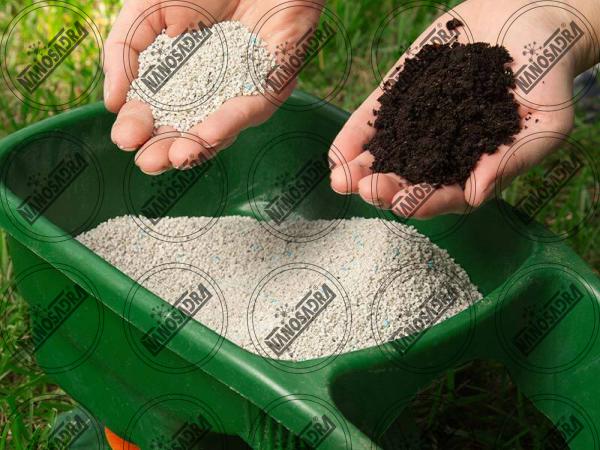 Cellulose is the final raw material. Cellulose is more present in the biosphere than any other material. Its basic structure is simple: a long chain of glucose units linked by b (1,4) bonds. It is the ability of these chains to bond in hydrogen-bonded fibers (microfibres) that gives cellulose unique properties of mechanical strength and chemical stability.
Cellulose is the final raw material. Cellulose is more present in the biosphere than any other material. Its basic structure is simple: a long chain of glucose units linked by b (1,4) bonds. It is the ability of these chains to bond in hydrogen-bonded fibers (microfibres) that gives cellulose unique properties of mechanical strength and chemical stability.
Cellulose microfibers contain two crystalline forms, cellulose:
- Ia
- Ib
which the chains are packaged slightly differently. The chain composition is similar in both forms, a smooth ribbon with a 180 ° torsion between successive glucosyl residues. This chain compound is stabilized by two hydrogen bonds parallel to the glycosidic bond, one from O-3 to the oxygen ring of the previous glucose unit and the other from O-2 to the next O-6 glucose unit.
In the core chains, the compound is a C-6 trans boat. In the surface chains, there is a mixture of gauche-gauche and gauche-trans compounds with the gauche-trans gland, which is dry cellulose but less so when wet. The combination of trans-gypsum at C-6 in the core chains allows the O-6 hydrogen bond to the side chain, as well as allowing an intramolecular hydrogen bond from the previous O-2 residue of the same chain. This hydrogen bond does not exist in surface chains.
This difference in hydrogen bonding means that the surface chains have little freedom to move out of the shape of the flat band. The lack of intramolecular hydrogen bonding in the surface chains also means that they can form more hydrogen bonds in water or adjacent polysaccharides.
Where to find cellulose microfibrills?
 Cellulose, a fiber carbohydrate found in all plants, is a structural component of plant cell walls. Because the earth is covered with vegetation, cellulose is the most abundant carbohydrate, accounting for over 50% of the total carbon in the vegetable kingdom. Cotton fibrils and filter paper are almost completely cellulose (about 95%), wood is about 50% cellulose and leaf dry weight is about 10% -20% cellulose. The most widely used cellulose is in the production of paper and paper products. Although the use of non-cellular synthetic fibers is on the rise, Raven (made of cellulose) and cotton still make up more than 70% of fabric production.
Cellulose, a fiber carbohydrate found in all plants, is a structural component of plant cell walls. Because the earth is covered with vegetation, cellulose is the most abundant carbohydrate, accounting for over 50% of the total carbon in the vegetable kingdom. Cotton fibrils and filter paper are almost completely cellulose (about 95%), wood is about 50% cellulose and leaf dry weight is about 10% -20% cellulose. The most widely used cellulose is in the production of paper and paper products. Although the use of non-cellular synthetic fibers is on the rise, Raven (made of cellulose) and cotton still make up more than 70% of fabric production.
Cellulose, like amylose, is a linear glucose polymer. This is different, however, in that glucose units are bound together by β-1,4-glycosidic bonds, forming a structure longer than amylose. This extreme linearity creates a large amount of hydrogen bonding between OH groups in adjacent chains, causing them to close closely to the fibers. As a result, cellulose has little interaction with water or any other solvent. For example, cotton and wood are completely insoluble in water and have considerable mechanical resistance. Since cellulose does not have a spiral structure, it does not bind to iodine to form a color product.

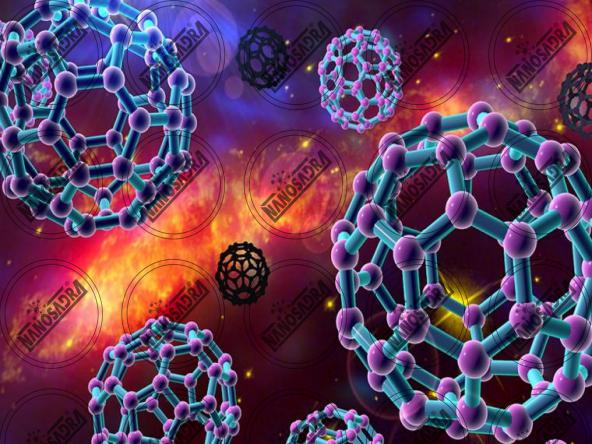
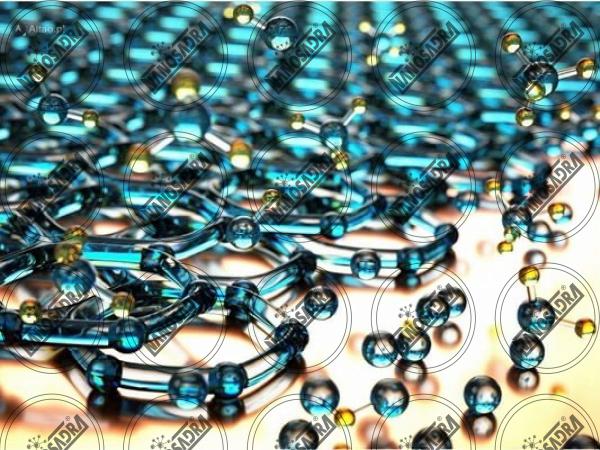
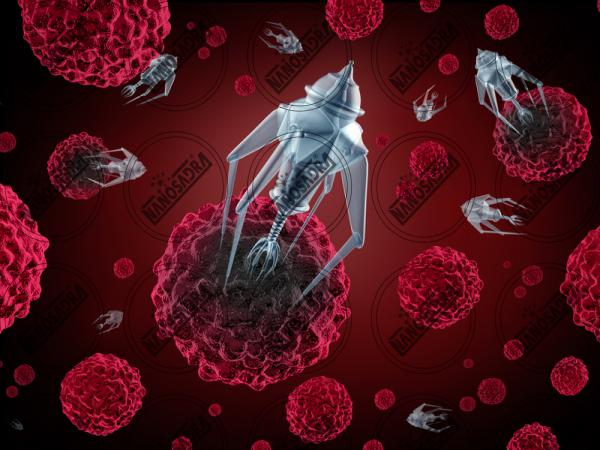

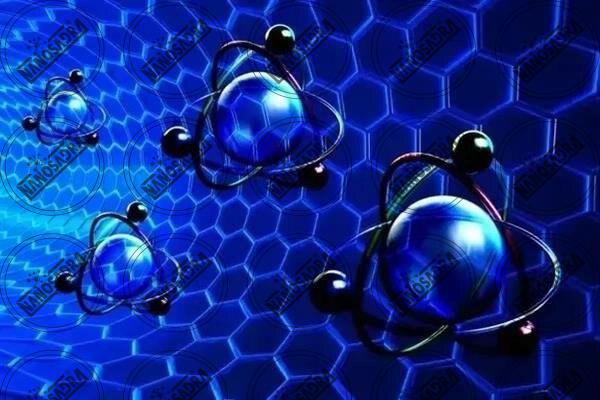




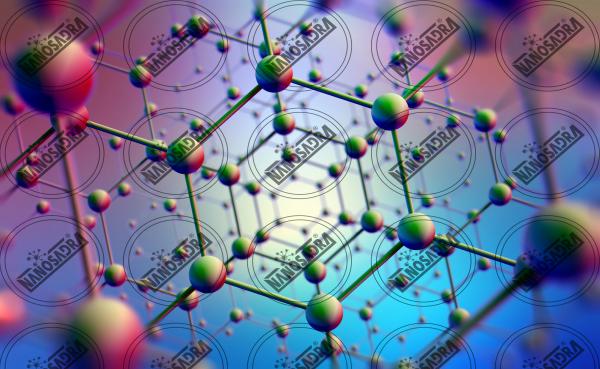
Your comment submitted.